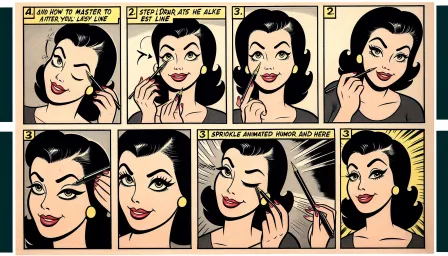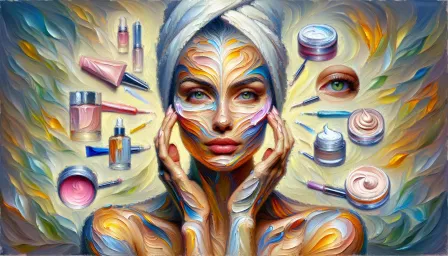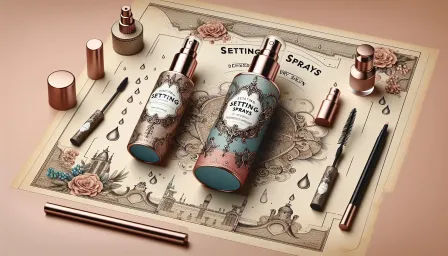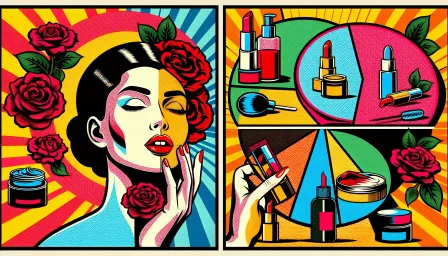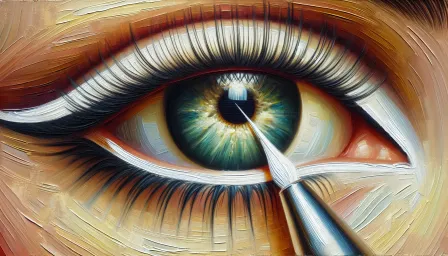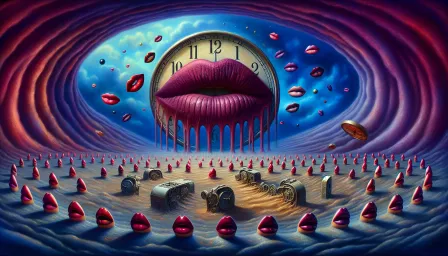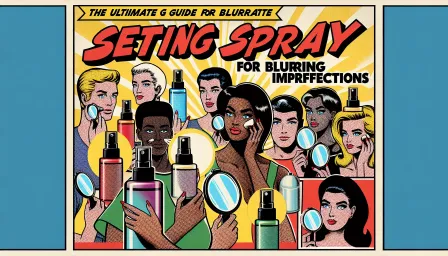Mastering Makeup Application for TV Appearances: Top Tips from Experts
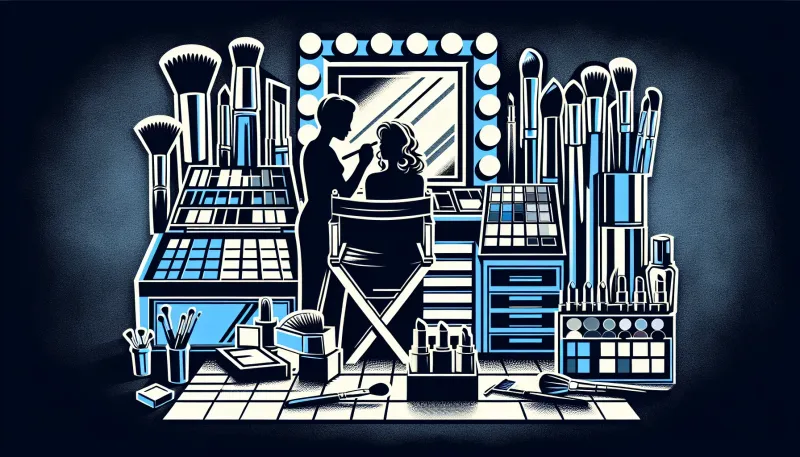
Discover expert tips for mastering makeup application for TV appearances. Enhance your on-screen presence with professional techniques and advice.
Appearing on television requires a different approach to makeup than everyday wear. The camera can be unforgiving, highlighting imperfections and altering natural tones. To ensure you look your best on screen, here are expert tips and techniques for flawless makeup application for TV appearances.
Understanding the Impact of Camera Lighting
Television studio lighting is often bright and can wash out natural skin tones. Understanding how lighting affects your makeup is crucial in achieving a balanced look. Harsh lights can cause a shiny appearance, so it’s essential to combat this with appropriate products and techniques.
Preparation: The Key to Flawless Makeup Application
Start with a Clean, Hydrated Canvas
Before applying any makeup, ensure your face is thoroughly cleansed and moisturized. Hydrated skin allows for smoother application and a more natural finish. Choose a moisturizer suitable for your skin type to create a well-prepared base.
Prime for Perfection
Primer is a non-negotiable step in makeup application for TV appearances. It helps to even out the skin texture, fills in pores, and ensures that makeup stays put under the hot studio lights. Opt for a mattifying primer to reduce shine or a hydrating primer for dry skin.
Foundation: The Base of Your Look
Choosing the Right Foundation
Select a foundation that offers medium to full coverage, as TV lighting can accentuate flaws. The foundation should match your skin tone perfectly; consider formulas specifically designed for high-definition cameras. Blend the foundation well into your neck and hairline to avoid visible lines.
Setting the Foundation
Use a setting powder to lock in your foundation and control shine. Choose a translucent powder for a natural look or a tinted powder for added coverage. Apply it sparingly to avoid a cakey appearance, focusing on areas prone to oiliness.
Enhancing Features: Contouring and Highlighting
Contouring for Definition
Contouring can add depth and dimension to your face, which is essential under the flat lighting of a TV studio. Use a contour powder or cream a few shades darker than your skin tone on the hollows of your cheeks, jawline, and sides of your nose. Blend well to ensure a natural look.
Highlighting for Brightness
Highlighting compliments contouring by bringing light to the high points of your face. Apply a highlighter to the tops of your cheekbones, the bridge of your nose, and the cupid's bow. Be cautious with highlighter as too much can appear shiny on camera.
Eye Makeup: Making Your Eyes Stand Out
Neutral Eyeshadow Palettes
Neutral tones tend to work best for TV appearances, as they enhance your eyes without being distracting. Opt for shades of brown, beige, and taupe, and add definition with a slightly darker crease color.
Eyeliner and Mascara
Define your eyes with a long-lasting eyeliner, and consider tightlining—applying liner on the upper waterline—to make your lashes appear fuller. Use waterproof mascara to avoid smudging under hot lights, and apply false lashes for added drama.
Lips: Choosing the Right Shade
Nude and Classic Colors
For a polished look, stick to nude or classic shades like reds and berries. These colors are timeless and photograph well. Matte lipsticks perform better on camera compared to glossy finishes, which can reflect light and appear shiny.
Long-Lasting Formulas
Choose a long-lasting, non-transferable lipstick formula to ensure your lip color remains intact throughout your appearance. A lip liner can also help define your lips and prevent color from feathering.
Setting and Finishing Touches
Setting Spray for Longevity
Finish your makeup application with a setting spray. This will help your makeup last longer and reduce the need for touch-ups. Choose a spray that suits your skin type—mattifying for oily skin or dewy for dry skin.
Final Touch-ups
Before going on camera, do a final check for any areas that need touch-ups. Pay attention to shine, creases, and any spots where makeup may have worn off. Carry a compact powder and blotting sheets for quick fixes on set.
Conclusion
Looking your best on television requires a blend of proper technique, suitable products, and understanding of studio conditions. By following these expert tips, you can ensure a flawless makeup application for TV appearances, enhancing your on-screen presence and confidence.




